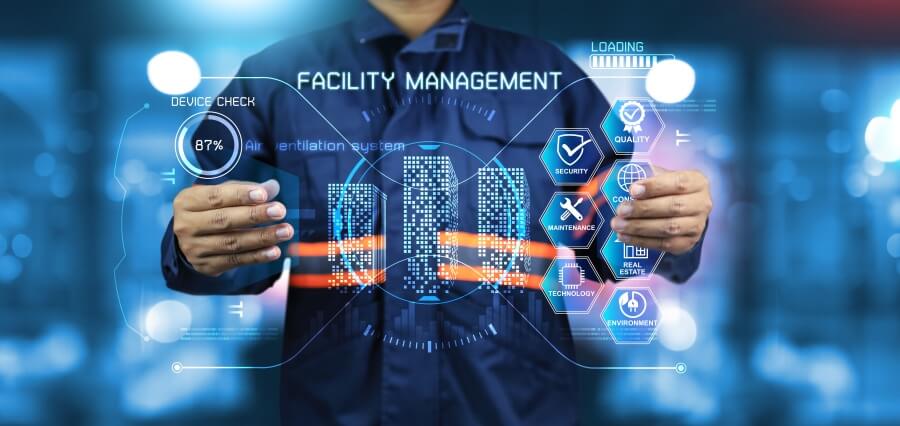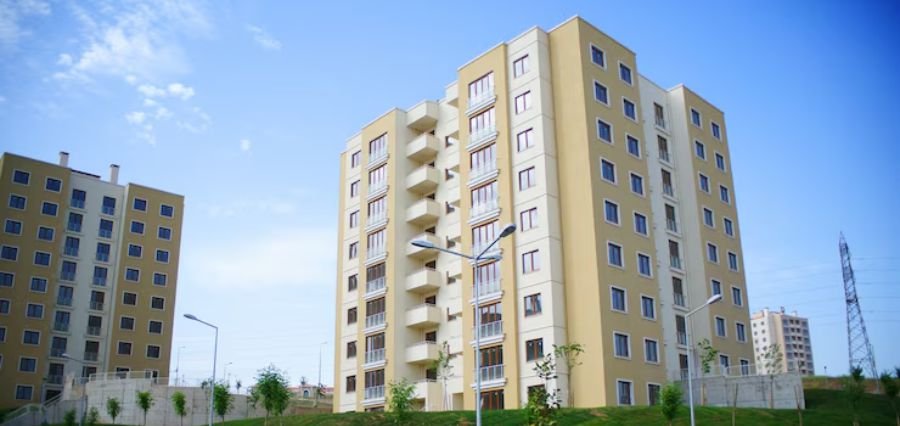The rise of advanced technology has brought significant changes to facility management within government institutions. From automating routine tasks to enhancing energy efficiency, tech innovations are making it easier to manage and maintain public buildings. This shift isn’t just about improving operational efficiency—it’s also about ensuring safety, sustainability, and cost-effectiveness.
Government institutions, from administrative offices to public parks, are increasingly adopting smart solutions that streamline their operations and enhance service delivery. In this article, we will explore the key ways in which technology is transforming facility management.
Streamlining Administrative Government Buildings
Administrative government buildings are adopting technology to improve efficiency and reduce operational costs. With the implementation of building management systems (BMS), facility managers can now monitor and control HVAC systems, lighting, and energy usage in real time.
TechTarget states that these systems enhance comfort and productivity for government employees while contributing to energy conservation efforts. BMS is crucial for creating green environments by monitoring energy usage and identifying savings opportunities. BMS can automatically turn off lights in unoccupied areas, significantly reducing electrical consumption and carbon footprint.
Additionally, tech solutions like IoT-enabled sensors and predictive maintenance software help in identifying potential issues before they escalate into costly repairs. By streamlining facility management processes through technology, administrative buildings can operate more smoothly, allowing government agencies to focus on their primary missions.
What is a building management system?
A BMS is a centralized platform that manages all of the vital systems in a building, including lighting, security, HVAC, and ventilation. By offering automated control and real-time data, it lowers energy usage and improves operational efficiency. BMS helps in maintaining a safe and comfortable environment.
Smart Solutions in Jail Facility Management
Statista highlights that by the end of 2023, the United States topped the global list with nearly 1.8 million people behind bars. China followed, with about 100,000 fewer prisoners than the U.S. Brazil came in third for the largest prison populations.
According to JailCore, prisons require robust facility management systems to ensure the safety and security of inmates and staff. With the advent of technology, managing these complex environments has become more efficient and precise. Smart surveillance systems equipped with AI-powered analytics allow for real-time monitoring, reducing the chances of incidents going unnoticed.
Inmate management systems have also seen significant advancements through technology. An inmate management system streamlines various aspects of inmate processing, from intake and classification to tracking movements within the facility. Automated scheduling tools help coordinate daily activities, ensuring that inmates are where they need to be at the right times.
Additionally, automated systems for lighting, HVAC, and water usage help in minimizing operational costs and environmental impact. Predictive maintenance technology also ensures that equipment is serviced before failures occur, reducing downtime and disruptions. As jails increasingly adopt these technologies, they are better equipped to handle the challenges of modern correctional facility management.
What is the concept of jail facility management?
Jail facility management involves overseeing the operation and maintenance of correctional facilities to ensure security, safety, and efficiency. It includes managing staff, monitoring inmate activities, and maintaining infrastructure and systems. Effective management aims to balance operational efficiency with the well-being of both inmates and staff.
Enhancing Security in Courthouses with Technology
At the American Bar Association 2022 annual meeting in Chicago, four panelists shared crucial tips for maintaining courtroom security. John Muffler, a courthouse security consultant, highlighted the importance of compassion and observation in de-escalating tense situations. They noted that court environments are often filled with stress and heightened emotions.
Courthouses are vital government institutions that require stringent security measures. With the integration of advanced technology, managing these facilities has become more effective and secure. By limiting access to restricted locations to only authorized workers, biometric access control systems lower the possibility of unlawful access.
Smart surveillance cameras with facial recognition capabilities provide real-time monitoring and enhanced security, allowing for quick response to any potential threats. Additionally, integrated communication systems enable seamless coordination between security personnel and facility managers. By leveraging technology, courthouses can ensure a safer environment for employees, visitors, and the general public while maintaining efficient operations.
What is courthouse security?
Courthouse security involves measures and protocols to ensure the safety of individuals and property within a courthouse. This includes surveillance systems, metal detectors, and security personnel to prevent violence and manage emergencies. Effective security also includes managing courtroom behavior and controlling access to sensitive areas.
The integration of technology has transformed government facility management, revolutionizing how public buildings are operated and maintained. Whether it’s administrative offices, jails, or courthouses, smart solutions are boosting efficiency, security, and sustainability.
Building management systems, IoT sensors, and AI-driven analytics are simplifying operations and cutting costs. By adopting these tech advancements, government institutions can enhance public service while ensuring a safer, more efficient, and eco-friendly environment.















